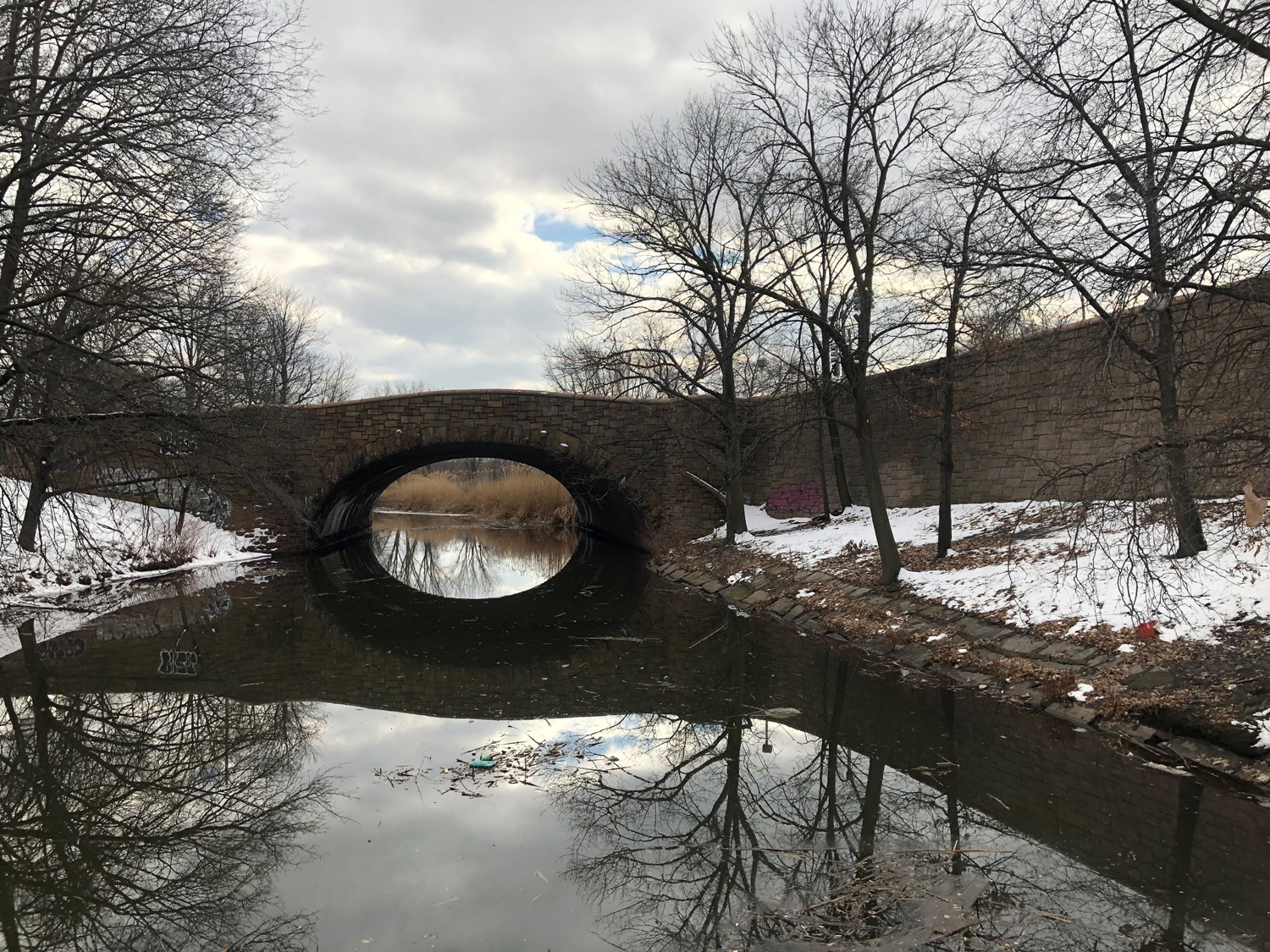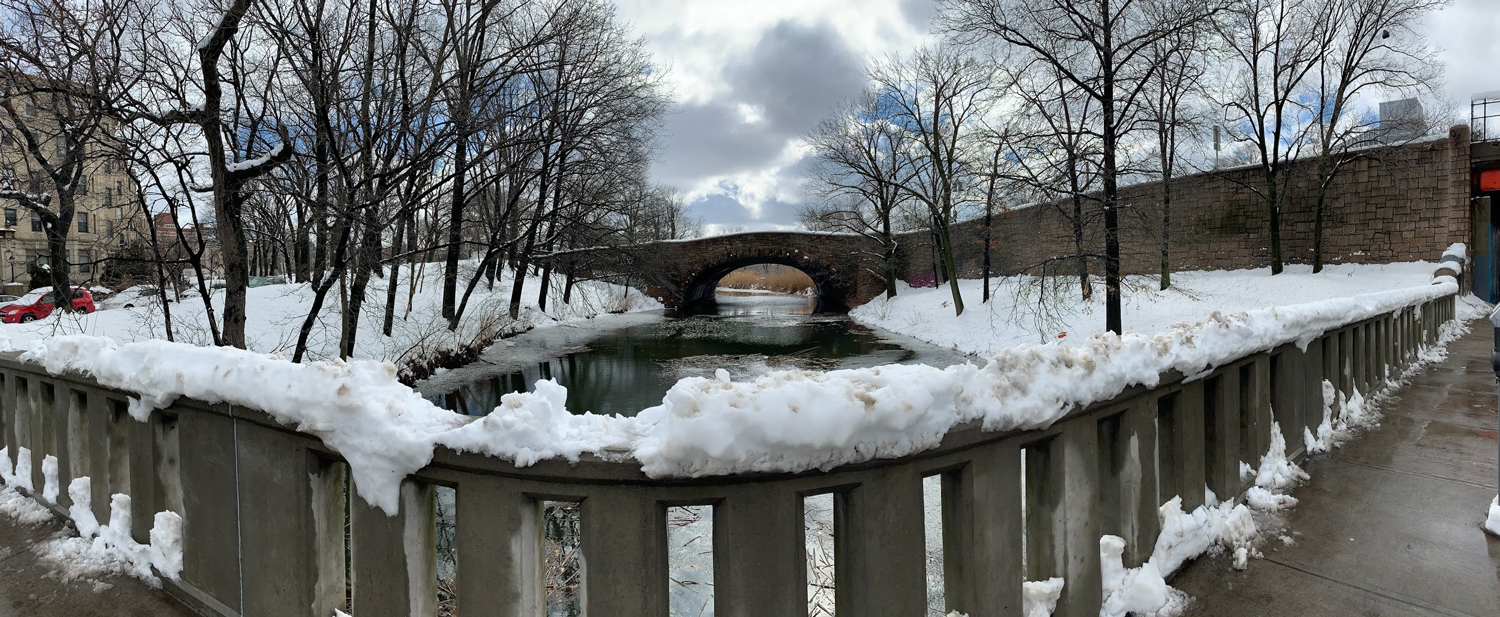The aim of the course is self-discovery, that one’s identity is a concurrence of time and place. Think of a place, and one recalls a time; recall a time, and one travels to a place. We are all coordinates of this relativity. By extension, we recognize that not only individual identity, but that of a society, and of humanity is tied intimately to its landscape, and hence the urgency of preserving the landscapes of our world. The landscapes of our lives, then, convey associations and feelings that can translate into inspiration for art and human connection beyond simply the “personal.”
My students discover how the use of landscapes allows them to plumb depths of feeling and moods with a far richer palette than any direct statement can convey, providing an ambiguity that invites a wider audience reception than otherwise possible. I have had one of our distinguished Berklee professors of lyric writing and poetry, Pat Pattison, visit my “Landscapes” classroom, and confirm the necessity of “place” in lyrics to capture the imagination and participation of an audience—it is a necessary alternative to abstract ideas for an artist to communicate. One thinks of the lyrics of Billy Joel, such as “Piano Man” (internal landscape) or “Allentown” (exterior landscape).
Students also experience for themselves the effectiveness of incorporating landscapes in their own art—poetically, lyrically, and musically. For example, they have Boston landscapes (visited and photographed) to create their own original work in small groups reflecting complex “feelings” and associations. They also see the visual arts with new eyes—intrigued by what landscapes communicate in paintings at the MFA, both rural and wilderness scenes but also backdrops for portraits from all periods. And the same for film!
For first semester freshman students, I have tailored the course to include essays and short stories to reflect the significance of the idea of time and place, and the distinct ways that different cultures relate to this concept. Student essays derive from their readings. For my second semester liberal arts students, the focus is more on poetry and lyrics and visual media and the creative process. In both level of classes, the student and I are both discovering so much that is revealing and exciting about the use of landscape in art to express oneself and one’s cultural background and the transforming experiencing of living within new landscapes.
A wonderful example of the kind of work being produced is this collaboration by three of my second-semester students, Madison Gersch. Lilya Adad, and Patrick Sutton. The poem is titled “Intruder,” and reflects the intrusion of the unexpected and unwanted on the idyllic:
Everything is still and the sky is grey
The trees are naked and you can almost see them shiver
The timeless mirror of water opens the eye of the aged stone bridge
Its gaze penetrates your soul
Suddenly, it turns into a stare of sorrow
You follow its line of sight and you see a dead fish floating
You notice a vivid blue piece of plastic
People have passed through here
This place seemed undiscovered
But the city had already intruded
Is it still your special place?
In the spring, in the summer
It’s going to take back its colors
Appearing bright and lively
But in reality
Its world is defaced for eternity







